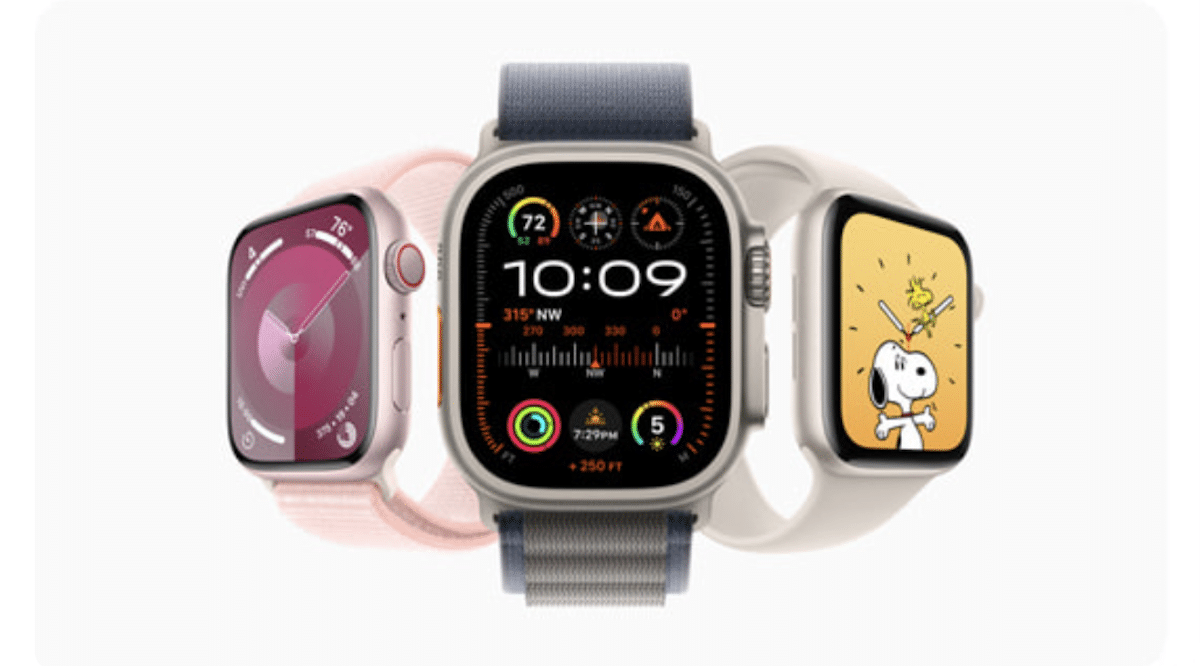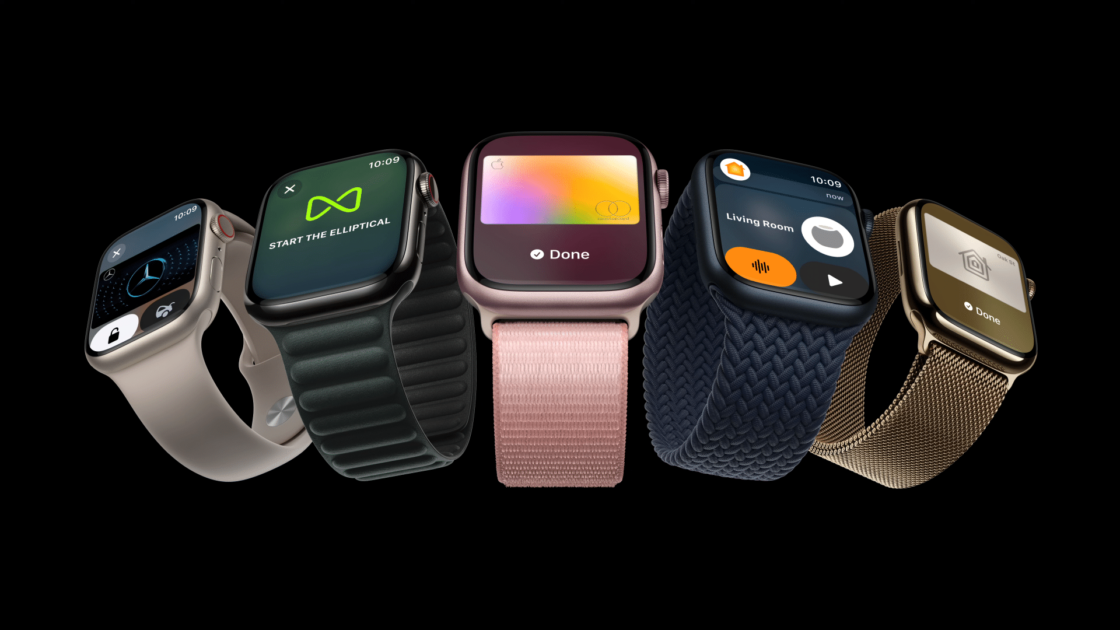The Apple Watch Series 9 and Apple Watch Ultra 2 may face a significant setback in the US market. A legal battle with medical device giant Masimo could potentially lead to the removal of the Watch’s highly valued blood oxygen monitoring feature.
This situation is complex and involves various legal issues, and it’s essential to understand the current state of affairs, possible consequences, and broader implications that go beyond Apple. Let’s delve into these matters to gain a deeper understanding of the situation.

Apple Watch’s blood oxygen feature faces potential amputation
Masimo has accused Apple of stealing their patented blood oxygen technology. This claim has been supported by the International Trade Commission (ITC) which could lead to a potential import ban on Apple Watch Series 9 and Watch Ultra 2 models in the US.

However, Apple has challenged the ITC ruling and received temporary relief. At the same time, they are exploring different options to get around the ban, including surgically removing the disputed blood oxygen feature from the affected Watch models.
This controversial move has reportedly been approved by US Customs and Border Protection (CBP) and could allow Apple to re-enter the US market.
The blood oxygen feature’s future hangs in the balance. While its excision might grant Apple market access, it’d be a costly amputation, potentially crippling user experience and impacting sales. Moreover, the legal battle could cast a long shadow over the entire wearable tech industry, potentially chilling innovation and impacting future patent disputes.
As we approach the climax of this situation, there are a few possible outcomes to consider. Apple may make some minor adjustments to the feature’s software in order to comply with the patent, allowing it to continue in a slightly modified form.
Alternatively, they may make a decisive move and withdraw from the US market altogether. The final verdict from the court and Apple’s subsequent decision will determine the future of the blood oxygen feature and could have major implications for the landscape of wearable health technology.
(Via Bloomberg’s Mark Gurman)


